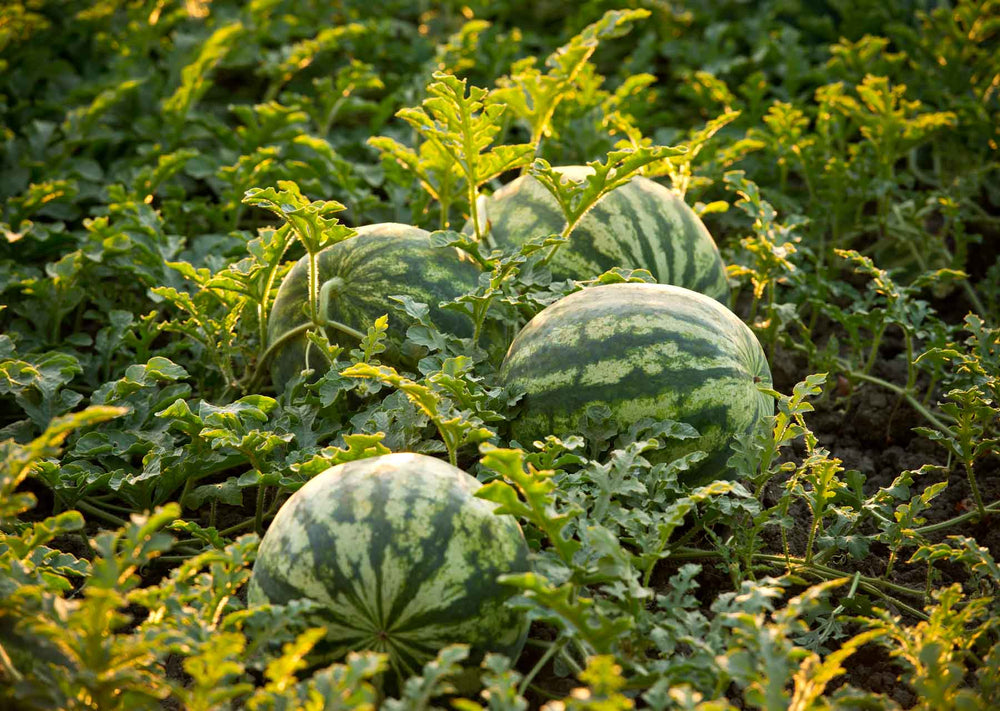There’s nothing quite like the taste of a juicy, homegrown watermelon on a hot summer day! Whether you’re a first-time gardener or a seasoned grower, learning how to plant watermelon seeds the right way can make all the difference. With the right soil, sunlight, and care, you can enjoy an abundant harvest of sweet, refreshing melons right from your backyard.Ready to turn your garden into a watermelon wonderland? Let’s boost your how to plant watermelon seeds knowledge and unlock the secrets to growing the perfect fruit — step by step! 🍉✨🌱 Introduction: Why Grow Watermelons at Home?Watermelons are a summer staple, and growing them yourself is easier (and more rewarding) than you might think. By learning how to plant watermelon seeds, you gain control over freshness, flavor, and even variety — from tiny sugar babies to giant crimson sweets!Plus, watermelon plants are beautifully sprawling vines that add a lush, green aesthetic to your garden. With the right conditions, you’ll enjoy a fruitful crop that’s as delicious as it is fun to grow.🌿 H2: Choosing the Right Watermelon VarietyBefore you grab your seeds, choose a watermelon variety suited to your climate and garden space.🍉 Common Types of Watermelons:Crimson Sweet – Classic red flesh, striped rind, and super sweet flavor.Sugar Baby – Small and compact, perfect for container or small gardens.Charleston Gray – Oblong shape, thick rind, and great for hot climates.Yellow Doll – Sweet, yellow-fleshed watermelon with a tropical taste.Seedless Hybrids – Require special pollination but deliver convenient, seed-free fruit.💡 Tip: If you’re new to gardening, start with Sugar Baby or Crimson Sweet — they’re easy to grow and quick to mature.🌞 H2: When and Where to Plant Watermelon SeedsWatermelons thrive in warm soil and plenty of sunshine. Timing and location are everything!🌡️ When to PlantWait until after the last frost when soil temperatures reach at least 70°F (21°C).In the U.S. and Canada, that’s typically late spring or early summer.In the U.K., start seeds indoors in pots and transplant once it’s warm enough.🌻 Where to PlantChoose a sunny spot with at least 8 hours of direct sunlight daily.Ensure well-draining, sandy loam soil enriched with compost.Avoid areas where water tends to pool — watermelon roots dislike soggy soil!🌾 H2: Step-by-Step: How to Plant Watermelon SeedsFollow these simple steps to give your seeds the best start:🌱 Step 1: Prepare the SoilLoosen the soil to about 12 inches deep.Mix in organic compost or aged manure for nutrients.Maintain a soil pH between 6.0 and 6.8 for ideal growth.🌱 Step 2: Sow the SeedsCreate small mounds or hills about 3–4 feet apart (they warm faster and drain well).Plant 2–3 seeds per hill, about 1 inch deep.Space rows about 6–8 feet apart — watermelon vines love to sprawl!🌱 Step 3: Water GentlyWater thoroughly after planting.Keep the soil evenly moist, but not soaked.Once seedlings appear, water deeply 1–2 times per week.🌱 Step 4: Thin the SeedlingsWhen the seedlings are about 4 inches tall, thin them to the strongest plant per hill. This gives each vine enough room to thrive.🍃 H2: Caring for Watermelon PlantsOnce your watermelon plants are growing, proper care ensures sweet, juicy fruits.💧 Watering TipsWater at the base of the plant to avoid mildew.Reduce watering once fruits begin to ripen to concentrate their sweetness.🌿 MulchingAdd mulch around plants to retain moisture and control weeds. Straw or black plastic works great for this.🌸 PollinationWatermelons need pollination to produce fruit! Bees are your best helpers. If you notice few pollinators, hand-pollinate using a small brush to transfer pollen from male to female flowers.🌻 FertilizingUse a balanced fertilizer (10-10-10) before flowering.Switch to a phosphorus- and potassium-rich fertilizer once fruits set.🍉 H2: Harvesting Your WatermelonsThe most exciting part — harvest time! But how do you know when your watermelon is ripe?✅ Signs Your Watermelon Is Ready:The tendril nearest the fruit turns brown and dry.The underside (belly spot) changes from white to creamy yellow.The rind looks dull instead of shiny.Tap the fruit — a ripe watermelon sounds deep and hollow.Harvest carefully by cutting the stem with garden shears, leaving about 2 inches of stem attached.🌾 H2: Common Problems (and How to Avoid Them)Even the best gardeners face challenges! Here’s how to keep your watermelon patch healthy:Problem Cause SolutionYellow leaves Overwatering or poor drainage Let soil dry between wateringNo fruit forming Poor pollination Encourage bees or hand-pollinateCracked fruit Uneven watering Keep consistent moisture levelsPowdery mildew Humidity or overcrowding Space plants and use organic fungicide🌿 H2: Practical Tips to Boost Your Watermelon Growing Success✅ Warm your soil early by covering beds with black plastic.✅ Rotate crops yearly to avoid soil-borne diseases.✅ Support vines with straw mulch to prevent fruit rot.✅ Protect young plants from pests like cucumber beetles using row covers.✅ Keep a gardening journal to track growth and harvest success.🍉 Conclusion: Grow Sweet Success in Your Garden!Learning how to plant watermelon seeds is your first step toward enjoying juicy, sun-ripened fruits straight from your own garden. With the right care, patience, and a bit of love, you’ll be harvesting sweet watermelons that taste even better than store-bought ones.So this season, grab your seeds, prepare your soil, and boost your how to plant watermelon seeds skills — because the magic of homegrown goodness is just a few vines away. 🌿🍉✨

